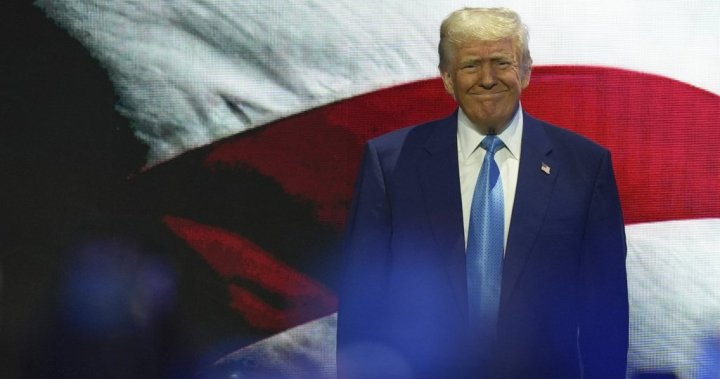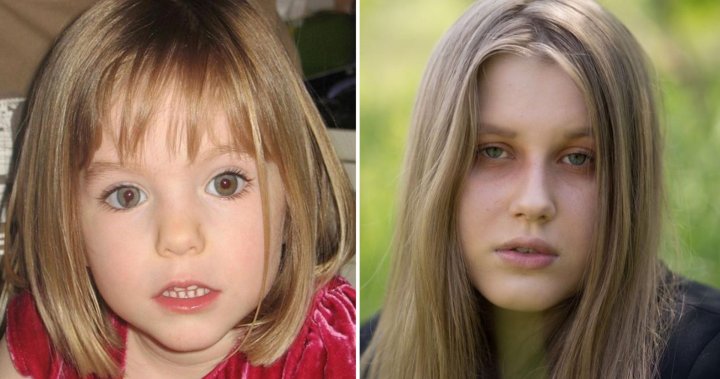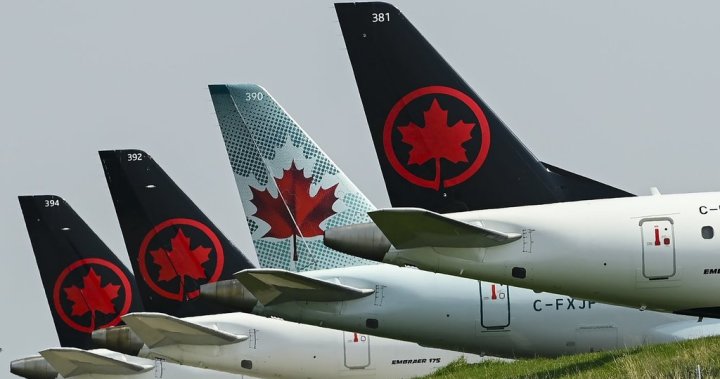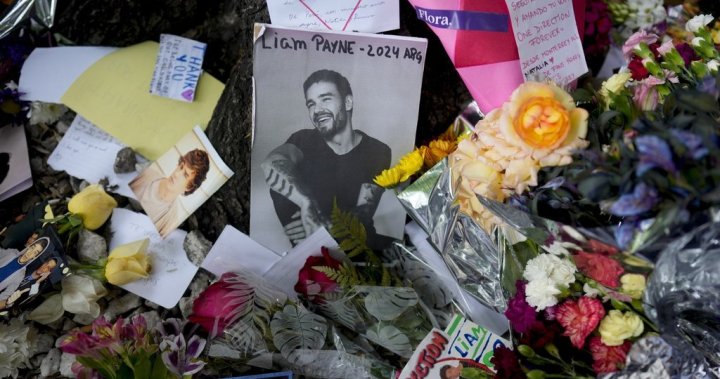What’s fuelling the surge of violence in Democratic Republic of Congo? – National

Rwandan-backed M23 rebels who in late January captured Goma, the biggest city in eastern Congo, have since been advancing towards the second-biggest city in the area, Bukavu.
The latest fighting is part of a major escalation of a conflict over power, identity and resources dating back to the 1990s Rwandan genocide and the fall of dictator Mobutu Sese Seko in the country then known as Zaire.
In its latest conflagration, hundreds of thousands of people are believed to have been killed since 2012 and more than a million are now displaced.
What is happening on the ground?
After taking Goma, the rebels pressed south towards Bukavu, capital of South Kivu province. On Friday they were in control of the strategic Kavumu airport that serves Bukavu.
The insurgents have been intent on showing they can restore order and govern in Goma.
There have been more chaotic scenes and reports of looting and rape near the front line as M23 confronts the Congolese army and its allies including Burundian troops.
The U.N. refugee agency voiced concern on Friday at the “rapidly deteriorating” situation, saying the war had left around 350,000 displaced people with no roof over their heads.
The involvement of Burundian and Rwandan troops on the ground has added to fears the fighting could spiral into a regional conflict akin to two devastating wars in the region between 1996 and 2003 that cost millions of lives.
Reuters reported this week that South Africa has sent additional troops and military equipment to Congo in recent days after 14 of its soldiers were killed in fighting with M23 last month.
M23, which refers to a March 23, 2009, accord that ended a previous Tutsi-led revolt in eastern Congo, is the latest group of ethnic Tutsi-led insurgents to take up arms against Congolese forces.
It launched the current rebellion in 2022.
The group has accused the government of Congo of not living up to the peace deal and fully integrating Congolese Tutsis into the army and administration.
It also vows to defend Tutsi interests, particularly against ethnic Hutu militias such as the Democratic Forces for the Liberation of Rwanda (FDLR).

The FDLR was founded by Hutus who fled Rwanda after participating in the 1994 genocide that killed close to one million Tutsis and moderate Hutus.

Get daily National news
Get the day’s top news, political, economic, and current affairs headlines, delivered to your inbox once a day.
For more than a year, M23 has controlled Congo’s coltan-mining region of Rubaya, generating an estimated $800,000 per month through a production tax, according to the United Nations.
Coltan is used in the production of smartphones and other equipment.
The group’s spread into new territories in recent weeks gives it scope to acquire more mining revenue, analysts say.
Congo’s vast mineral reserves, which are concentrated in the east, also play into conflict.
Congo is the world’s top producer of tantalum and cobalt, a key component in batteries for electric vehicles and mobile phones. It is also the third global copper producer and home to significant coltan, lithium, tin, tungsten, tantalum and gold deposits.
Despite this, Congo is the world’s most aid-dependent country.
Humanitarian operations last year were 70 per cent funded by Washington, has taken a big hit since U.S. President Donald Trump imposed a pause on foreign aid last month.
The government of Congo, U.N. officials and Western powers including the U.S. have accused Congo’s neighbor Rwanda of fueling the conflict by deploying thousands of its own troops and heavy weapons on Congolese soil in support of M23.
The accusations are based on a 2022 report by a U.N. Group of Experts that said it had “solid evidence” that Rwandan troops had been fighting alongside the M23 rebels.

Rwandan President Paul Kagame’s government, which denies backing the rebels, says it has taken what it calls defensive measures and accuses Congo of fighting alongside the FDLR, which has attacked Tutsis in both countries.
Rwanda has a long history of military intervention inside Congo.
It and Uganda invaded in 1996 and 1998, claiming they were defending themselves against local militia groups and going after the perpetrators of the 1994 Rwandan genocide.
African leaders have tried to push for negotiations to defuse the crisis but so far have not made much progress.
A joint summit of Eastern and Southern African blocs last weekend urged all parties including M23 to hold direct talks.
The government has repeatedly refused to talk directly to M23.

“For us it is terrorist organization, and we don’t talk with terrorist organizations,” President Felix Tshisekedi said at the Munich Security Conference on Friday.
The crisis was expected to be a prominent agenda item at the annual African Union summit in Addis Ababa on Feb. 15-6.
Tshisekedi had planned to attend but a presidential spokesperson told Reuters on Friday that he would fly from Germany to Kinshasa and that Congo’s prime minister would represent Congo at the summit instead.
What are peacekeepers doing?
U.N. peacekeepers have been supporting the Congolese army’s efforts to curb the M23 as part of the United Nations Organization Stabilization Mission in the Democratic Republic of the Congo’s (MONUSCO) years-old mandate to counter the many rebel groups active in eastern Congo.
An agreed withdrawal of the mission from Congo was paused last year because of the deteriorating security situation.
As of December, there were nearly 11,000 peacekeepers on the ground, mostly in the east.
Since the fall of Goma, the mission has evacuated some of its staff and families.
Its base has received a large number of people seeking refuge, including government and army officials and various elements including the pro-government Wazalendo militia fighters who have surrendered their arms.
The 16-member Southern African Development Community (SADC), which extended its military mission in Congo late last year to help the Congolese army fight the rebels, remains in place, but has suffered losses since the start of 2025.
Private military contractors who were hired by the Congolese government to help in the fight against M23 and to train troops have also surrendered.
Burundian troops have been helping Congo fight the M23.
Burundi’s government has sent thousands of soldiers, who are now concentrated in South Kivu.
They were among the forces defending the Kavumu airport before it fell.








